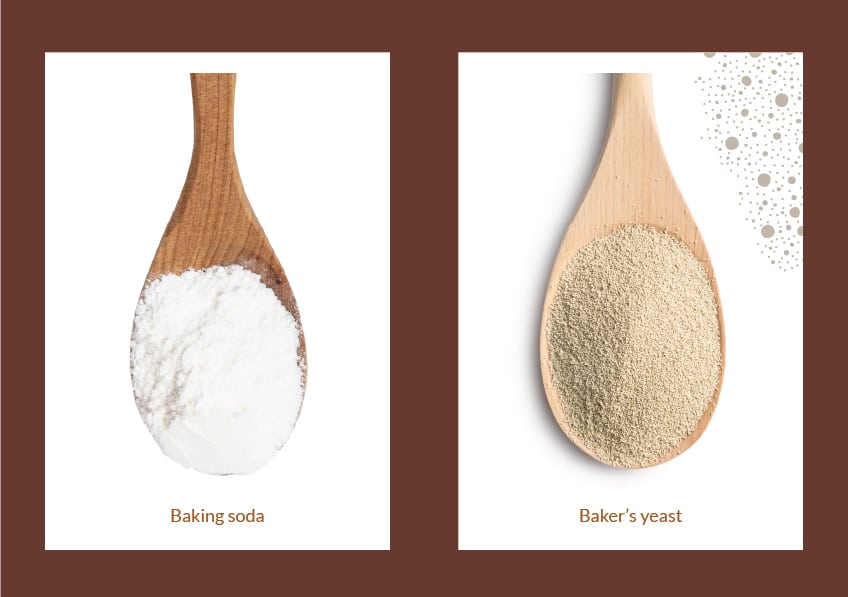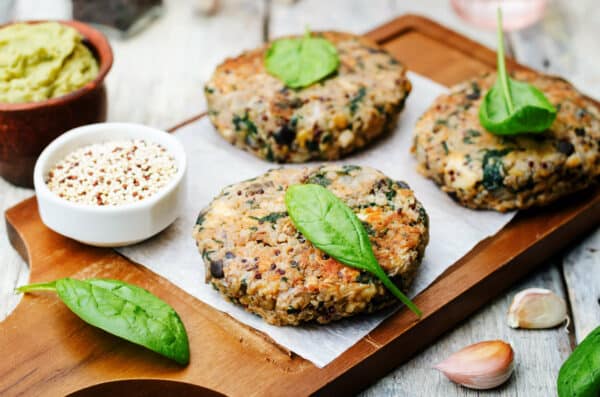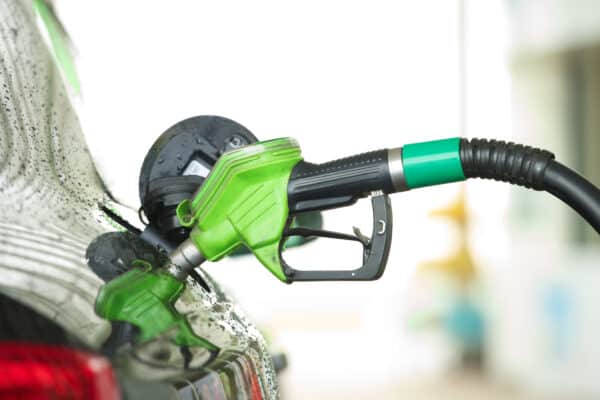Have you ever wondered what is the difference between baking soda vs yeast?
Let’s look at three main differences and how they apply to baking.
Baking powder, baking soda and yeast are often confused.
1. Natural vs. chemical
The biggest difference between baker’s yeast and baking soda, the main ingredient in baking powder, is their origin:
– baker’s yeast is of natural origin,
– baking soda is manufactured by chemical processes.
Yeast is a microscopic fungus that comes from nature and has been used for baking, fermentation, and many other uses for centuries.
Baking soda is a chemical compound commonly known as sodium bicarbonate. It is an ingredient most often made through a chemical process of combining soda ash(1) and carbon dioxide.
What is the difference between baking powder and yeast?
To make things more complicated, people often confuse baking powder and baking soda. While they are both white powders, they have different chemical compositions. Baking soda is pure sodium bicarbonate as mentioned earlier, while baking powder is sodium bicarbonate mixed with an acid and cornstarch.
The fundamental way that yeast varies from baking soda and baking powder is that it is a living organism and leavens dough over a much longer period of time. Unlike baking soda and powder, yeast uses a biological process called fermentation to leaven dough.
2. Activation and role in baking
Yeast and baking soda are both leavening agents when activated lead to the production of carbon dioxide gas and leaven dough. However, the way that they work is different. They both need to be activated in different ways.
Yeast is typically activated using warm water or milk and sugar, which it feeds on. Additionally, it needs a warm environment (20-30°C) for its cells to multiply.
Baking Soda will have a potentiated action if put in contact with an acidic ingredient, such as lemon, fruit, or honey.
Do you use baking soda or yeast for bread?
Traditionally, bread is made from flour, water and usually yeast, mixed together and baked. As with wine and beer, yeast contributes unique organoleptic qualities (taste, flavors, texture) through fermentation.
In most breads as baguette, soft bread, sourdough bread, mantou, yeast is more desirable, however, in a bread like Irish soda bread, using baking soda is indispensable to achieve the dense texture that distinguishes this type of bread.
Due to the inherent nature of these two ingredients, their effect on taste and flavor will differ.
What does baking soda do to bread?
Baking soda makes the bread denser and usually does not add any flavor, however, in some cases, it can add a bitter or salty flavor and in other cases, if used incorrectly can even impart a metallic taste.
Yeast, on the other hand, provides a softer lighter texture to bread and adds many of the tasty flavors we typically associate with most breads. This is due to the natural fermentation process that occurs when the yeast is activated.
What does baking soda do to yeast?
You may be wondering at this point can I use both baking soda and yeast in my recipe? This is not usually advised as both are leavening agents. Baking powder in particular will create a significant amount of carbon dioxide and combined with the carbon dioxide produced by the yeast could actually lead to too much carbon dioxide in the dough. When this happens at a certain point, the dough may deflate. Therefore, in general, while it is not dangerous, it is not recommended to use these two ingredients together as it would most likely be counterproductive.




